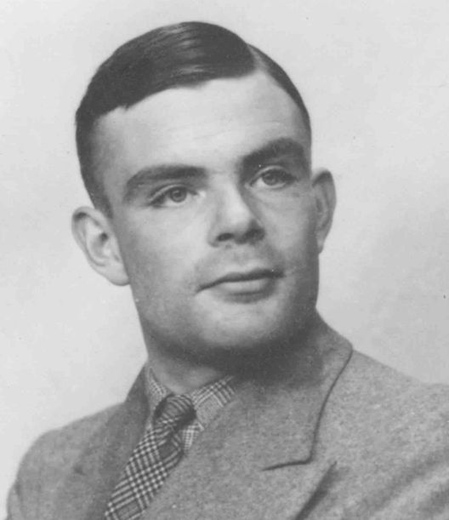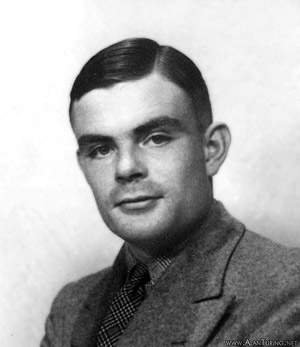

Alan Turing Photos
New Delhi: The doodle on the Google home page on Saturday features a Turin machine, a device used to simulate the logic of a computer algorithm and is helpful in explaining the functioning of a CPU.
The doodle is an interactive doodle that requires users to break a set of six codes and each successful code break adds colour to a letter of the greyed out Google logo on doodle.
Considered to be the father of computing, Alan Mathison Turing was a British mathematician who articulated the mathematical foundation and limits of computing, and was a key contributor to the Allied cryptanalysis of the German Enigma cipher during World War II.

Alan Turing Photos
Alan Turing was born on June 23, 1912 in London, England, his father was an Indian Civil Services officer during the British rule. Turing graduated with mathematics from King's College, University of Cambridge in 1934.
During the Second World War he joined the British Government's Code and Cypher School and for his efforts in helping break the cryptic messages used by the Germans during the war he was made an officer of the Order of the British Empire.
After the war, Turing joined the National Physical Laboratory (NPL) where he designed and developed an electronic computer. He later quit the NPL to head the Computing Machine Laboratory where he designed the Ferranti Mark I which was the first electronic digital computer to be commercially available.
Turing was also a pioneer in the field of artificial intelligence. In 1950 he proposed, what was later known as the Turing test, a criterion to test whether a machine can think.

Alan Turing Photos
However, five years after the war Alan Turing was convicted of gross indecency under laws which banned homosexuality and was sentenced to chemical castration involving a series of injections of female hormones.
The conviction meant Alan Turing, a pioneer of modern computing, losing his security clearance and being unable to continue his work. In 1954 he killed himself at the age of 41.
Alan Turing's work with computers was not widely known beyond academic circles as Britain kept their role in the war secret.
Then Prime Minister Winston Churchill ordered that the Colossus computers and 200 so-called Bombe machines, used to crack the Enigma code, be destroyed to keep them secret from the Soviet Union. Bletchley's existence only came to light in the 1970s when the veil of secrecy was lifted.